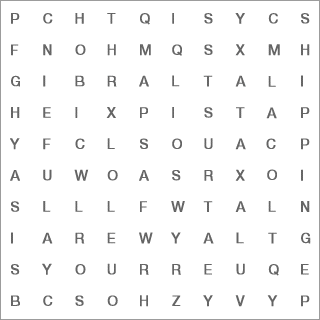Jun 04 - Exhibition Marks 50 Years Since Border Closure
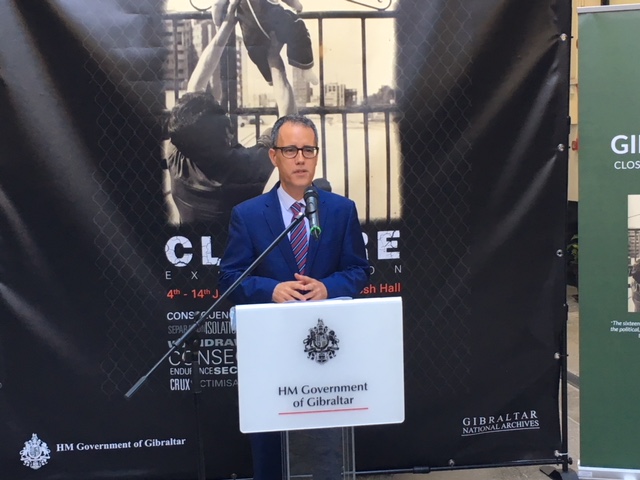 A major exhibition marking 50 years since the closure of the Gibraltar-Spain border was officially opened yesterday evening by the Deputy Chief Minister Dr Joseph Garcia at the John Mackintosh Hall.
A major exhibition marking 50 years since the closure of the Gibraltar-Spain border was officially opened yesterday evening by the Deputy Chief Minister Dr Joseph Garcia at the John Mackintosh Hall.
The Spanish dictator, General Franco, closed the land frontier in June 1969. The border did not re-open for pedestrians until December 1982.
The exhibition features press reports leading up to and covering the closure and a selection of photographs of the border throughout the years. One of the highlights of the exhibition are the border gates on the Spanish side at the time of the closure - these are on display at the entrance to the John Mackintosh Hall.
The exhibition runs until the 14th June.
Speaking at the launch, Dr Garcia delivered the following speech:
Welcome and thank you all for being here this evening.
Fifty years ago this coming Saturday, on the orders of General Franco, Spain closed its land frontier with Gibraltar.
He did so as the culmination of an orchestrated campaign designed to strangle our economy;
to bring us to our knees; and
to surrender our sovereignty.
The actual border gates are on display in the entrance lobby outside.
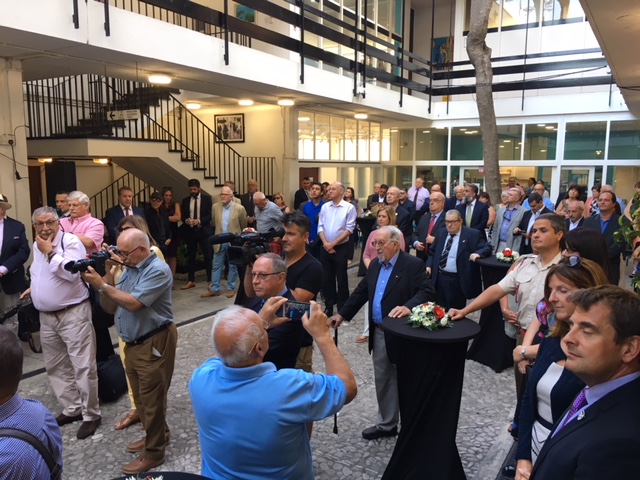 Under their Foreign Minister Castiella, Spain developed a two-pronged strategy over Gibraltar.
Under their Foreign Minister Castiella, Spain developed a two-pronged strategy over Gibraltar.
The first was to pressure the United Kingdom through a diplomatic onslaught at the United Nations in New York.
The second was to progressively tighten the screws against Gibraltar here through mounting restrictions on land, in the air and at sea.
Some of those restrictions remain in place today.
Communications by ferry were also to cease later that month at the end of June 1969.
Telephone communications were cut off.
The closure of the border was a traumatic event.
Gibraltar became, to all intents and purposes, a city under siege.
The consequences were wide ranging.
There were economic consequences.
Thousands of Spanish workers were withdrawn from the economy almost overnight.
The import of goods by land came to an end.
Gibraltar turned to Morocco for labour and for food.
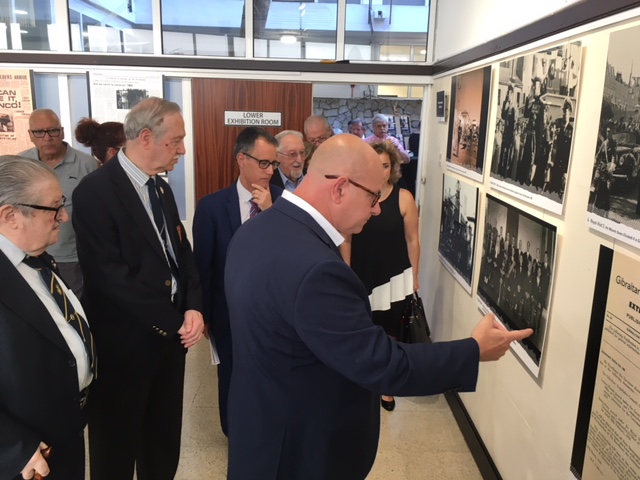 The United Kingdom committed itself to support and sustain the economy while the restrictions remained in force.
The United Kingdom committed itself to support and sustain the economy while the restrictions remained in force.
There were social and cultural consequences too.
Gibraltarians were locked-up in three square miles of territory.
A plethora of clubs and associations, which covered every conceivable sphere of activity, were established in Gibraltar.
Contact with the outside world was only possible by air to London and Morocco or by ferry to Tangier.
The women of Gibraltar went out to work in large numbers to cover the shortfall in labour.
Others secured second jobs.
There were human consequences too.
Families were torn apart.
Communities were divided.
You will have seen the powerful image of a father holding up his child at the gates for relatives in Spain to catch a glimpse.
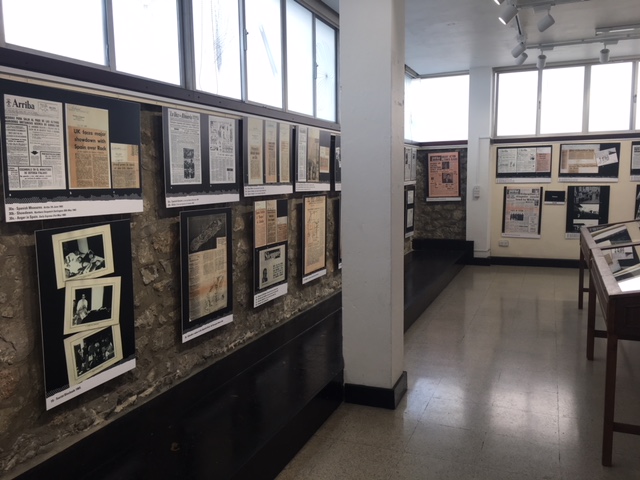 Gibraltarians with property on both sides were forced to pick one over the other.
Gibraltarians with property on both sides were forced to pick one over the other.
There were political consequences as well.
Our connections with Spain were completely cut off.
The bonds which tied us to the United Kingdom were strengthened.
1969 saw the election of the Integration with Britain Party in coalition.
These were the first elections under the new Constitution.
There were protests as well.
Some of you may recall Spanish pacifist Gonzalo Arias.
Over the years, he jumped the closed gates from Gibraltar to Spain over twenty times to denounce the injustice of the closure.
Indeed, in 1980 he took part in a mass jumping over the frontier gates with over sixty people.
I understand that some of his family and friends are here with us today.
You will find all these themes reflected in the exhibits.
There are eight different sections split across three exhibition rooms.
The material on display covers the events leading up to the closure from 1950 until 1969.
The topics are headed:
Reprisals;
Closure;
Segregation;
Aftermath;
Protest;
Opening;
And campaign.
You will find over two hundred display panels;
Three hundred and fifty images;
Display cabinets with memorabilia;
The local press, the UK press, the Spanish press and the International press of the day.
It was a time when everyone had a part to play.
The then Chief Minister Sir Joshua Hassan;
his Deputy Peter Isola,
the Integrationist Leader Sir Robert Peliza.
You will hear the late Manolo Mascarenhas who told the story vividly through the airwaves.
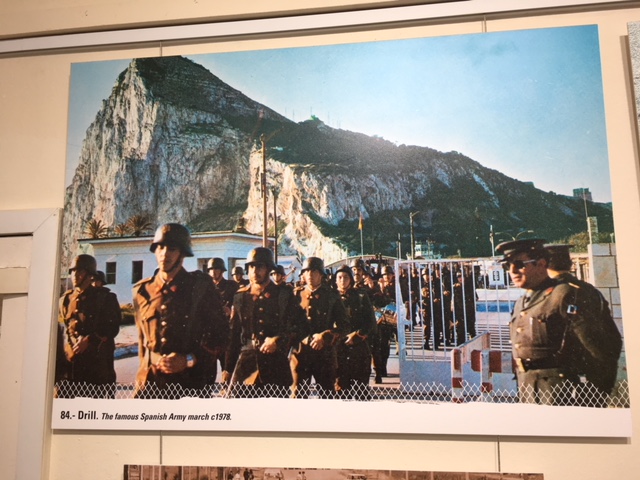 You will read my own father Joe Garcia’s reports in the United Kingdom press.
You will read my own father Joe Garcia’s reports in the United Kingdom press.
You will see video presentations of the border closure and of its re-opening.
Oral histories of some of those who lived through it.
Everything has come together very well.
I particular, I want to extend my personal thanks and that of the Government to the Archivist Anthony Pitaluga for all this.
Thank you also to his staff, to the staff in my office at Convent Place, and to the enthusiastic team of volunteers.
The Government is very grateful to all those members of the public who have come forward with material.
General Franco threw down the gauntlet to the people of Gibraltar.
We rose to the challenge.
He predicted that Gibraltar would fall like a ripe fruit.
He could not have been more mistaken.
The closure of the border was one of our building blocks of nationhood.
It shaped our distinct identity as Gibraltarians.
It made us who were are.
We stood up to the Spanish dictator.
We hardened in our resolve to defend our sovereignty.
That fruit will never fall from the tree.
I declare the exhibition open.
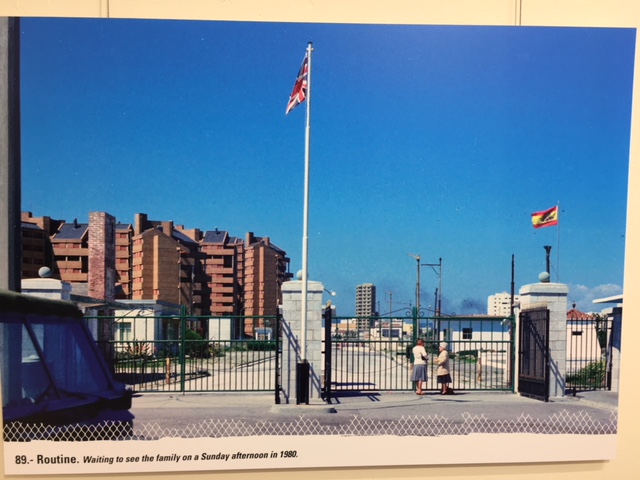
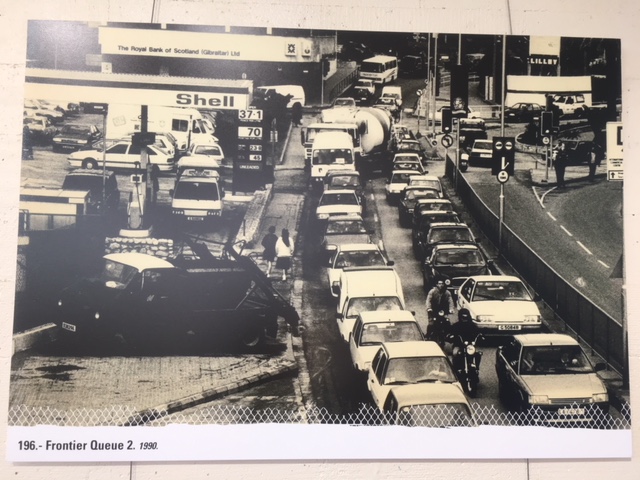
{fcomment}
Latest News
- Government Says It Is “Absolutely Committed” to Parity With UK
- Treaty Meetings in London
- Traffic Management Arrangements – Royal Engineers Association (REA) Freedom of the City Parade
- Gibraltar Rolls Out New Tool To Help The Building Sector Deliver On Net Zero Commitments
- Joe Stilgoe And The Big Band To Play St Michael’s Cave
- World Environment Day Shop Window Competition
- Craig Galliano And Justin Hewitt Drawn In Group D At World Cup Of Darts
- National Celebrations 2025 - Our Gibraltar Competition
- The Pramila Trust Supports Gibraltar Charity PossAbilities With Donation Towards A New Minibus
- Gibraltar Welcomes Delegation From Moldovan Financial Intelligence Unit And OSCE


